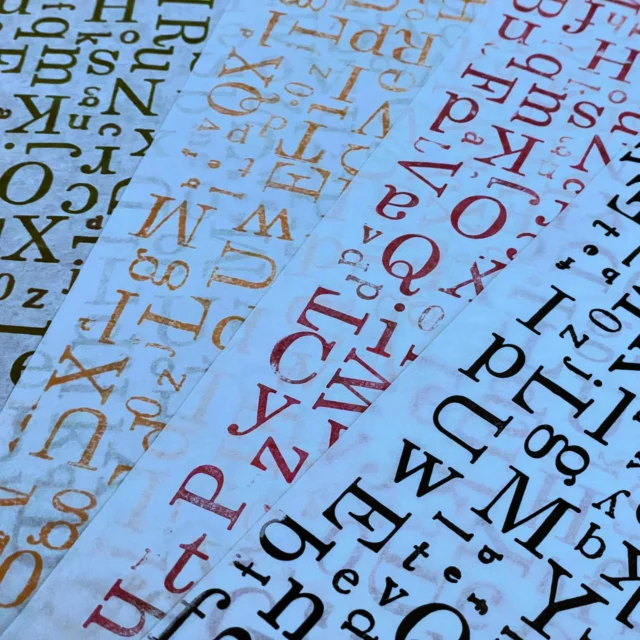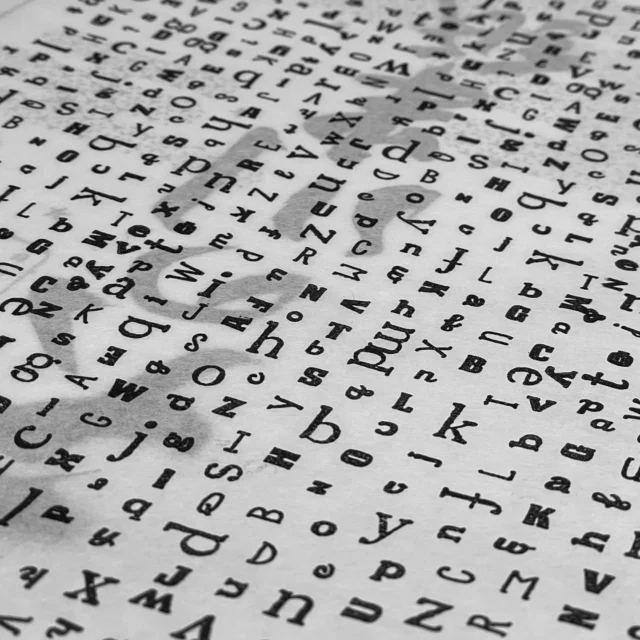LaTeX is a document markup system, which helps you to focus on what you’re writing and reduces some of the hassle of tedious tasks like adding references and numbering sections, figures and tables. It also natively handles footnotes, table of contents, lists of figures, lists of tables, headers, footers, margin notes and probably a hundred other things. It lays documents out intelligently, for readability, and you can apply any number of styles to suit your document, be it book, journal article, letter or thesis.
I used TeXShop to edit the .tex files and typeset (render) the document. I also used BibDesk to manage my references (just as easy, if not easier, to use as Endnote). Both of these programs are for Mac OS X; for Windows you might be able to try LaTeX Editor, or TeXnicCenter looks very nice. I’m not sure what you would want to use on Windows for managing references though.
Dave’s thesis in a box
For my thesis I needed something a little more complicated than the standard document template. So I started with Dave’s thesis in a box. It’s basically a collection of files that get compiled together to create your document. It has a separate file for each chapter, which makes writing simpler and reduces the load on your computer (imagine trying to save 70 pages of writing in Word!).
There are other thesis templates floating around if you don’t think this one suits you.
Useful things LaTeX can do
Defining new terms
If you have to type something a lot, you could use TextExpander (which I did for a while), or you could just define some shorthand. Somewhere near the start of your document you put \def\Mf{Methanogenium frigidum} and then whenever you type \Mf in your document, it will output “Methanogenium frigidum” instead.
Math mode & equations
LaTeX has a math mode that you can begin using a dollar sign ($) and also an equation environment using \begin{equation}. It is very useful for typing Greek letters (you need quite a few in biology), writing simple equations, or writing large complex equations. It typesets them very nicely.
Hyphen in math mode
Conveniently, hyphens are automatically changed to minus signs when you’re in math mode. Less convenient when you actually want a hyphen. You can do it with \mbox{-}.
Long tables
You can make a table span multiple pages by using the longtable package and using \begin{longtable} instead of \begin{table}. I used that for my list of abbreviations, which I formatted as a table because I thought it was a bit nicer.
Rotating tables and figures
Apart from placing figures pretty much any way you like, you can use the rotating package to create sideways figures and tables. Very good for wide figures and tables that you don’t want to shrink to unreadable proportions.
Stuff I couldn’t do and had to work around
Table descriptions
It seems like the standard format for tables in biology has the table number and title above the table, whereas figures have the number, title and legend beneath. I wanted to add a small legend/description underneath the table, but there was no standard way to do it. The normal title and legend would be inserted with \caption{Title. Description goes here.}, but if you put another one of those in it creates another table number.
I ended up hacking a solution by adding
\linebreak[4]
\linebreak[4]
{\footnotesize Sequence alignment scores calculated by Clustal 2.0.1.0.}
underneath the tabular environment.
Bottom line
The long and the short of it is that LaTeX is huge in its versatility and well worth learning. However, it does take a bit of learning and I recommend trying it out on smaller projects before venturing into a huge one. However, if you are venturing into a thesis, even if you haven’t tried LaTeX on something smaller it could well be worth learning. It may save you much time in referencing, cross-referencing and document layout. If worst comes to worst you could just copy your text into Word, OpenOffice or Pages and reformat it, which I’m sure you’d be doing several times working in those editors anyway. So give it a go!
If you need to find a specific function for LaTeX I suggest using Google and searching for “latex” plus a description of what you want to do. I usually found the answer quite quickly.









I remember my Dad used to (and probably still does) write all of his technical papers in LaTeX.
I remember writing stuff in LaTeX around 1991/1992 using vi but that’s because I’m old school.
I remember then moving to MS Word because it did everything I needed to do (school assignments) at that stage and was much much easier to use. I have not needed to go back to LaTeX and don’t anticipate that I will.
All the best with your thesis and LaTeX.
Hi ko,
Yes, LaTeX is particularly good for technical writing.
I haven’t learnt Vi, that is old school, I think my husband uses it (or maybe Vim).
Yeah, Word is okay, except for the occassional craziness of MS Office file incompatibilities and propensity to crash. Word, Pages and OpenOffice are usually sufficient. I’ve used them for up to 2500 words, but much more I would use LaTeX. It also produces much smaller file sizes.
I think my biggest assignment ever was maybe 1500 words so I never hit too many issues with Word.
These days, I’m like you I guess, I use a combination of Word, Pages, OpenOffice and Word depending on the machine I’m using and what I’m trying to do.
Yeah, I use Pages and OpenOffice myself.
Wouldn’t be bothered to set up a LaTeX document for simple things. Pages is very nice with all its built in templates and styles. Good for knocking together some tables or making a PDF of instructions. From memory it can import HTML, which is handy too.
That sounds like a great tool Kristarella. I’m used to fiddling with Word by now, but from your description alone, it’s clear that it’s not anywhere as flexible for long documents like a thesis! Bookmarked this for learning when I get a chance, thanks. 😀